| Posted on | food-cooking
Foods to Include in a High-Protein Indian Diet
| Posted on
When it comes to maintaining good health, having a high-protein diet is essential. Protein helps in building and repairing tissues, producing enzymes, and supporting overall growth. If you're following an Indian diet, there are plenty of delicious and natural foods that can provide you with the required amount of protein. In this blog, we will discuss various protein-rich foods that are commonly found in Indian households. Whether you are a vegetarian or non-vegetarian, you will find plenty of options to add to your daily meals.
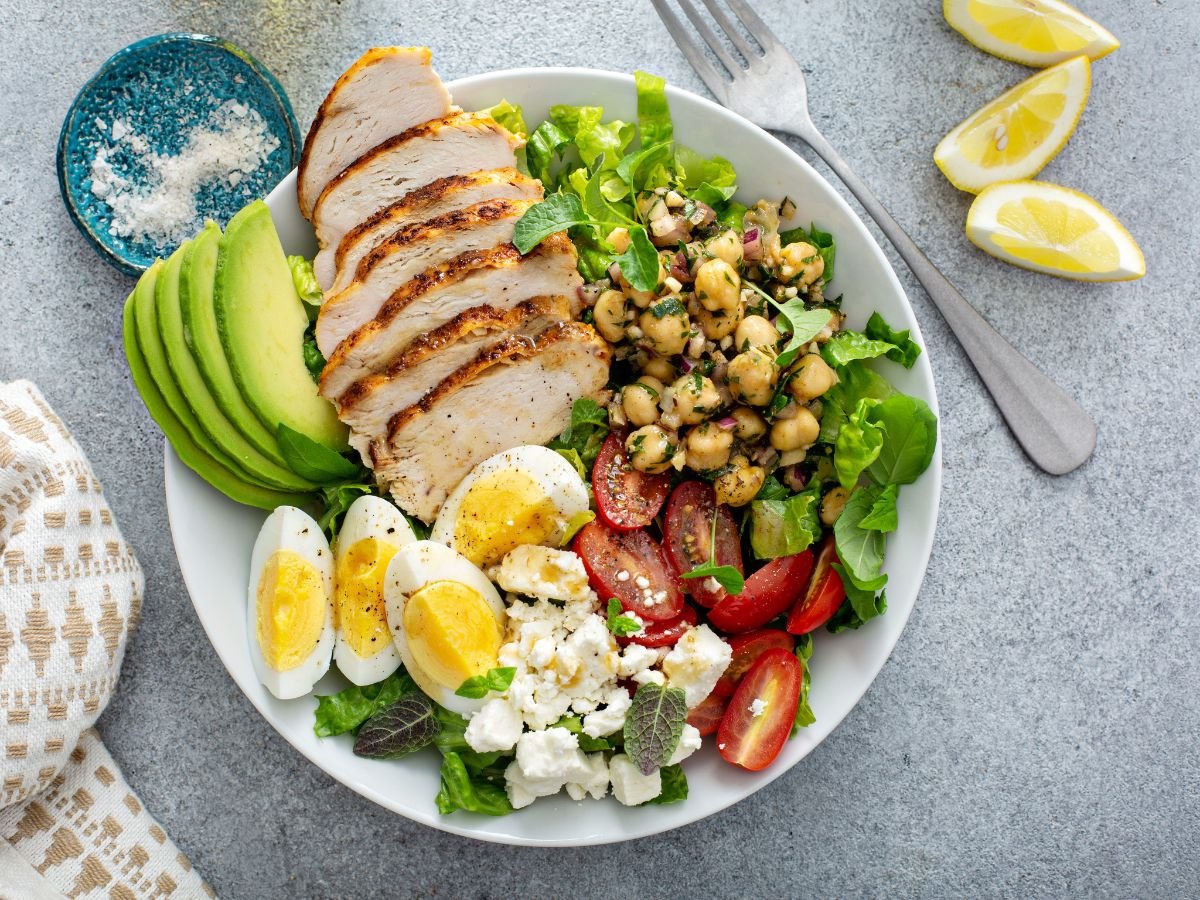
Why is Protein Important?
Before diving into the list of high-protein foods, let’s briefly understand why protein is so important. Protein plays a vital role in many bodily functions such as:
- Building muscle: Protein helps repair and build muscle tissues, which is especially important after workouts.
- Supporting metabolism: It boosts metabolism by requiring more energy to digest, leading to more calorie burn.
- Feeling full: Protein helps keep you fuller for longer, making it an essential part of a weight-loss or maintenance diet.
- Supporting immune function: Protein is also necessary for building enzymes and antibodies, which protect your body from infections and diseases.
Now, let’s look at the high-protein foods that you can include in an Indian diet.
1. Lentils (Dal)
Lentils are a staple in most Indian households and are an excellent source of plant-based protein. They come in various types such as moong dal, toor dal, masoor dal, and urad dal, all of which are highly nutritious. One cup of cooked lentils provides about 18 grams of protein, making them one of the best sources of protein for vegetarians.
- How to include: You can cook lentils in a variety of ways, such as making dal (a lentil soup), adding them to curries, or preparing dal-based pancakes like moong dal chilla.
2. Chickpeas (Chana)
Chickpeas, also known as chana, are another great source of protein in the Indian diet. One cup of boiled chickpeas contains about 15 grams of protein. Chickpeas are also rich in fiber, which aids digestion and helps keep you full for a longer period.
- How to include: You can make chana masala, hummus, or even roasted chana as a snack. Including black chana in salads or curries is also a great way to boost your protein intake.
3. Paneer (Cottage Cheese)
Paneer, or Indian cottage cheese, is an extremely popular source of protein, especially among vegetarians. It is rich in protein and calcium, promoting muscle health and bone strength. 100 grams of paneer contains around 18 grams of protein, making it a perfect addition to a high-protein diet.
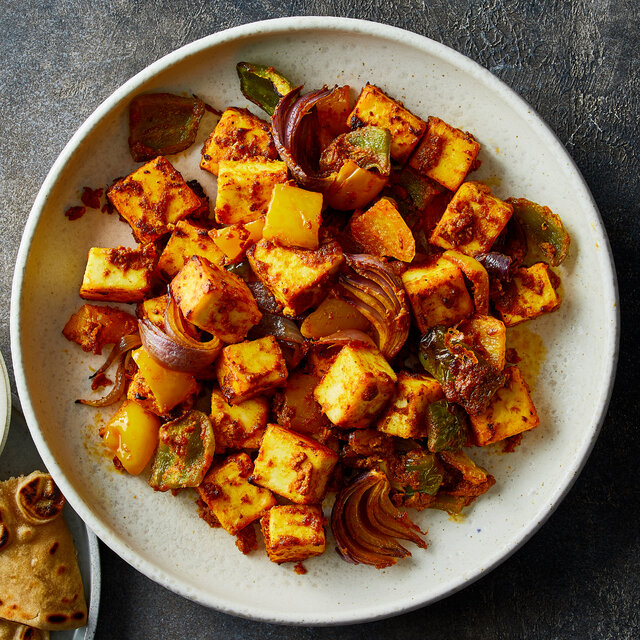
- How to include: You can prepare dishes like paneer bhurji, palak paneer, or grilled paneer tikka. Paneer can also be added to salads or stuffed in parathas.
4. Greek Yogurt (Dahi)
While regular yogurt is a good source of protein, Greek yogurt contains almost double the amount of protein. A single cup of Greek yogurt can provide up to 10 grams of protein. It is also rich in probiotics, which help in maintaining gut health.
- How to include: You can have Greek yogurt as a snack or use it as a base for smoothies. Adding it to fruit salads or using it as a dip with meals is another great option.
5. Eggs
For non-vegetarians, eggs are one of the best sources of high-quality animal-based protein. An average egg contains about 6-7 grams of protein, making it a quick and convenient source of nutrition. The egg whites are particularly protein-rich, with minimal fat.
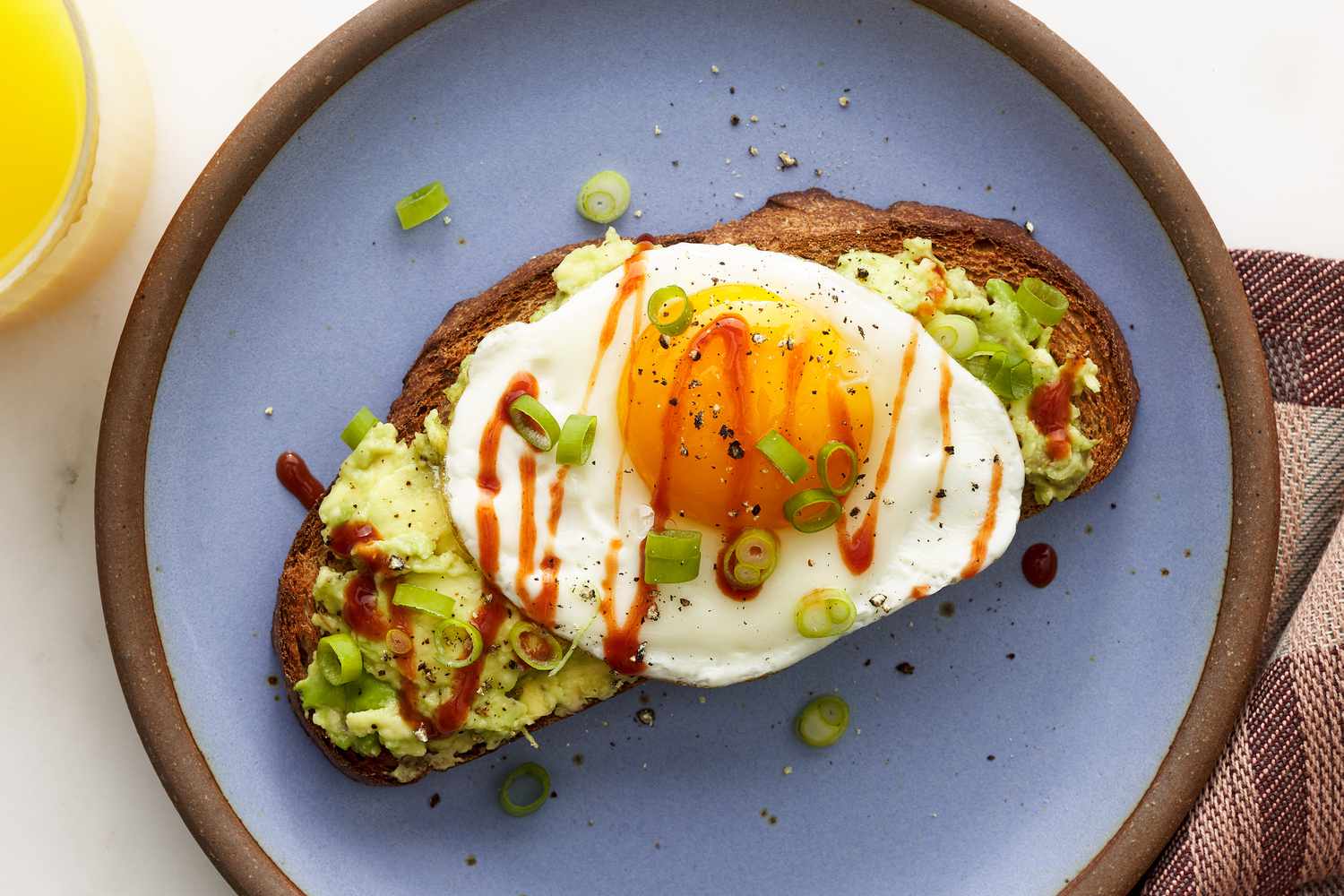
- How to include: Boiled eggs, omelets, scrambled eggs, or egg curry are some easy and delicious ways to incorporate eggs into your diet.
6. Quinoa
Although not a traditional Indian food, quinoa has become increasingly popular due to its high protein content. Unlike other grains, quinoa is a complete protein, meaning it contains all nine essential amino acids. One cup of cooked quinoa offers around 8 grams of protein.
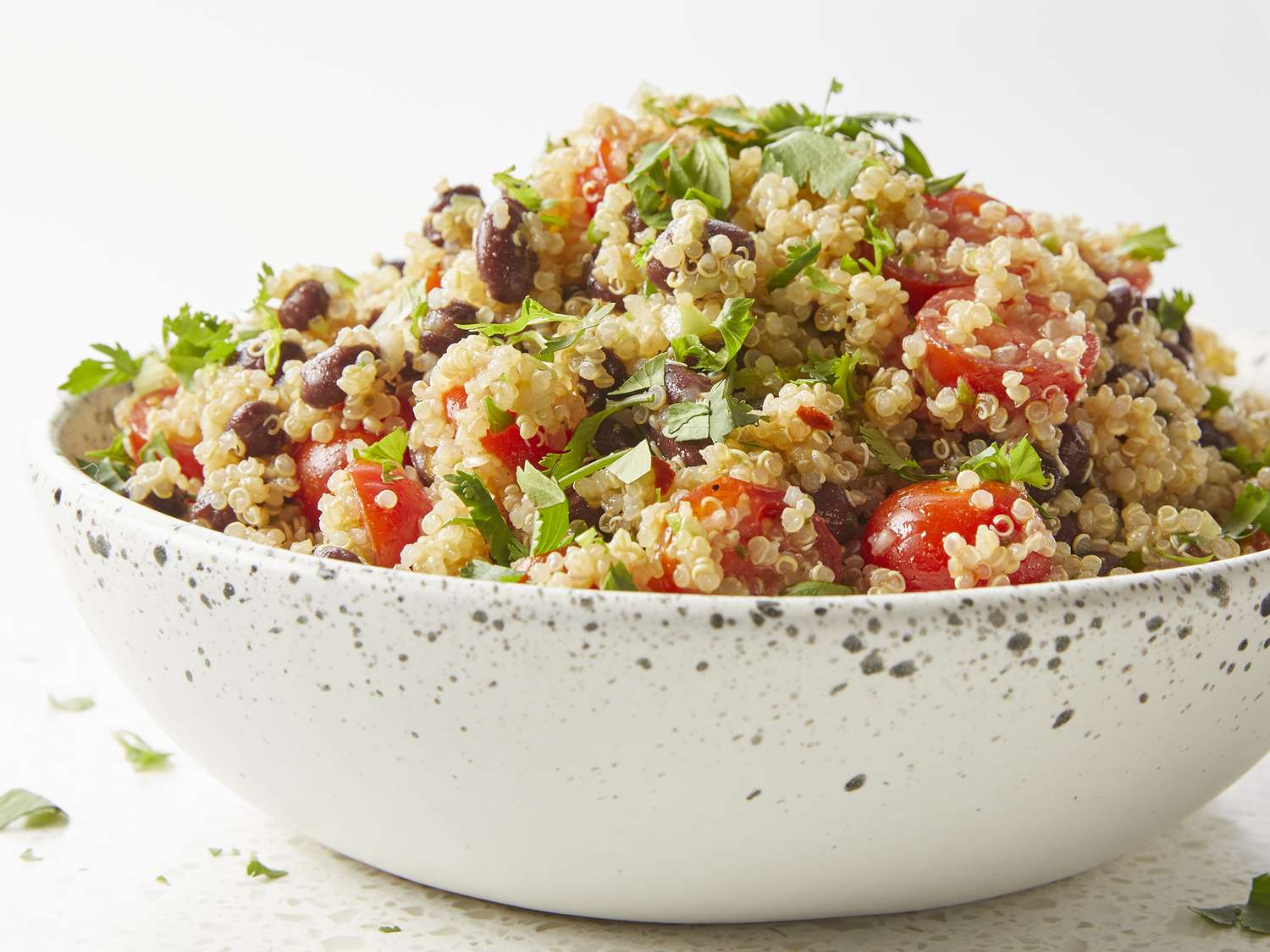
- How to include: Use quinoa in place of rice in pulao, biryani, or salads. It can also be added to soups or used as a base for vegetable stir-fries.
7. Almonds and Nuts
Almonds, along with other nuts like cashews and walnuts, are packed with protein. A handful of almonds (about 23 almonds) contains roughly 6 grams of protein. Nuts are also rich in healthy fats, fiber, and vitamins, making them a nutrient-dense snack.
- How to include: You can snack on almonds or mix them with yogurt, cereals, or salads. Ground almonds can be added to curries or smoothies for a protein boost.
8. Soy Products
Soybeans and soy-based products like tofu, soy chunks, and soy milk are excellent sources of plant-based protein. Tofu, often referred to as bean curd, contains about 10 grams of protein per 100 grams, making it a good meat substitute for vegetarians and vegans.
- How to include: Use tofu in curries, stir-fries, or salads. Soy chunks can be added to pulao, curries, or even kebabs.
9. Fish
For non-vegetarians, fish is one of the healthiest protein-rich foods. Fish like salmon, tuna, and mackerel are high in protein as well as omega-3 fatty acids, which are good for heart health. A 100-gram serving of fish can provide anywhere between 20-25 grams of protein.
- How to include: You can prepare grilled fish, fish curry, or fish fry. Including fish in your weekly diet is a great way to meet your protein needs.
10. Makhana (Fox Nuts)
Makhana, also known as fox nuts, is a popular snack in India, especially during fasting. Makhana is a good source of protein, containing about 3 grams of protein per serving (28 grams). It is also low in calories and high in antioxidants.
- How to include: Roast makhana with a little ghee and spices to create a crunchy, protein-packed snack.
11. Whole Grains
Whole grains like brown rice, millets (such as ragi and bajra), and oats are also good sources of protein. They offer complex carbohydrates, fiber, and a decent amount of protein, making them a well-rounded food choice.
- How to include: You can use whole grains to make porridge, khichdi, or rotis. Oats can also be used in smoothies or made into healthy breakfast bowls.
Conclusion
Incorporating high-protein foods into your Indian diet is easier than you might think. Whether you are a vegetarian or non-vegetarian, there are plenty of options available to meet your protein needs. From lentils, chickpeas, and paneer to eggs, fish, and soy products, you can create a balanced and nutritious meal plan that supports your health and fitness goals. Remember, a high-protein diet not only helps in building muscles but also keeps you full and energized throughout the day.
Adding these protein-rich foods to your daily diet will ensure that your body gets the nutrition it needs for growth, repair, and overall well-being.
0
0 Comment
| Posted on
Foods to Include in a High-Protein Indian Diet
A high-protein Indian diet can be very interesting with ample options to choose from. We tell you some of the best protein-rich foods that you must add in your diet.
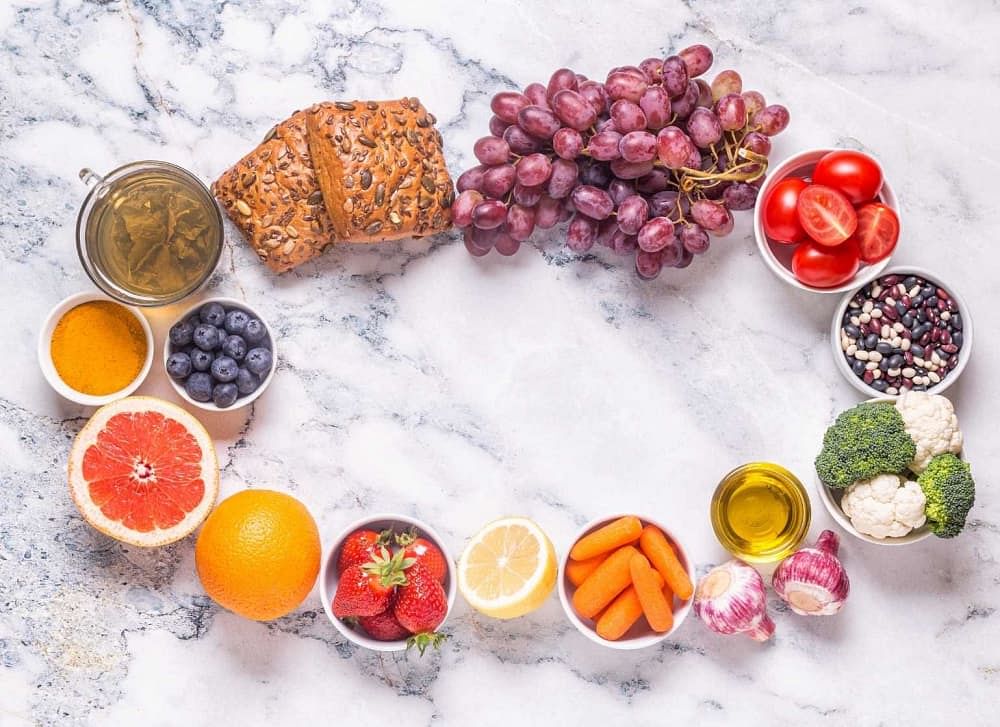
Protein-Rich Staples: They are an outstanding source of plant-based proteins which include lentils, chickpeas, and black gram. These crops come in form of dal, curry, or salad.
Rice, wheat & millet: provide a good combination of carbohydrates and protein. Opt for brow rice / whole wheat from these options for added fiber.
Milk, cheese, and paneer are full of proteins and calcium. Take them in the form of curries, smoothies or desserts within your meals system.
Meat and Eggs:
* Chicken: Being an excellent source of lean protein, chicken can be prepared in different ways such as grilled, roasted, or curried.
Fish: Salmon, mackerel and tuna are rich in omega-3 fatty acids and protein. Grill them, bake them or throw them in curries.
* Eggs: As for eggs, they are the only food that can be cooked in such a wide variety of ways, one can make an omelet, scramble them, boil an egg or use them as an ingredient in recipes.
Vegetarian Options:
It is made from soy and can be a good source of protein for vegetarians. You can use it in stir-fries, curries, or even salads.
Tempeh: Yet another soy-based product, tempeh is chock-full of protein and fiber. You can cook it in numerous styles, from grilling to frying.
* Nuts and Seeds: almonds, walnuts, cashews, sunflower seeds and pumpkin seeds provide a high amount of protein in addition to healthy fats. Snack on them or use them in salads and yogurt.
Spices and Herbs:
Curcuma: This spice has the golden color and is anti-inflammatory but can also increase the flavor of your food.
* Coriander: An adaptable herb, coriander is used to provide acidity and flavor in curries, salads and marinated vegetables.
Cumin: This spice is the one used in Indian cuisine and gives to dishes a gentle earthy touch.
These foods when included into your diet will guarantee a regular intake of protein which is required for building and repairing tissues. Do not forget that you should complement your protein with other essential nutrients, such as carbohydrates, fats, vitamins, and minerals to stay healthy.
0
0 Comment
| Posted on
To enhance your protein intake with an Indian diet, consider these options:
-
Legumes and Pulses:
- Chickpeas: Use in salads or curries.
- Lentils: Versatile for soups and main dishes.
- Kidney Beans: Common in rajma dishes.
-
Dairy Products:
- Paneer: Excellent in curries or grilled.
- Greek Yogurt: Great as a snack or meal addition.
- Milk: A nutritious beverage choice.
-
Nuts and Seeds:
- Almonds and Walnuts: Ideal for snacking or topping dishes.
- Chia Seeds: These can be mixed into smoothies or yogurt.
-
Meat and Fish (for non-vegetarians):
- Chicken: Lean protein for various recipes.
- Fish: Options like salmon or mackerel are nutritious.
-
Whole Grains:
- Quinoa: A complete protein source for salads or sides.
- Brown Rice: Combine with lentils for a protein boost.
-
Eggs:
- A versatile protein-rich food, great in many preparations.
- A versatile protein-rich food, great in many preparations.
-
Protein Supplements:
- Consider plant-based protein powders for an extra boost.
0
0 Comment
| Posted on
A high-protein Indian diet can include foods like lentils (dal), chickpeas (chana), and various beans which are excellent vegetarian sources. Incorporating dairy products such as paneer and yogurt adds protein while providing calcium. Lean meats, such as chicken and fish are also healthy options for non-vegetarians. Additionally, including nuts, seeds, and whole grains can further boost protein intake while offering essential nutrients.
0
0 Comment
